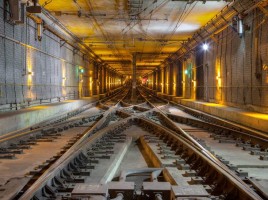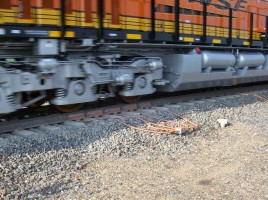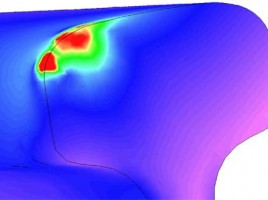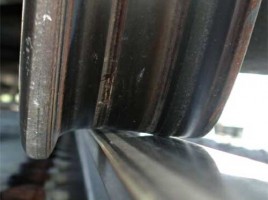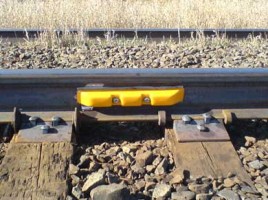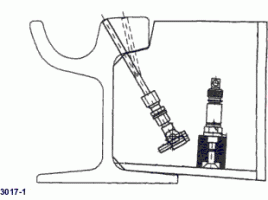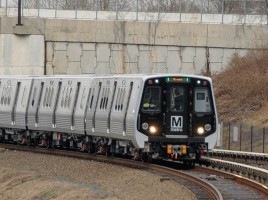
WRI 2015: Transit — Maintenance and the State of Good Repair
By Jeff Tuzik Maintaining a state of good repair (SGR) weighed heavily on the minds of those in attendance at the 2015 Rail Transit Wheel Rail Interaction Conference, as transit properties will be required to meet requirements established by the Federal Transit Administration as early as next year. SGR – …

